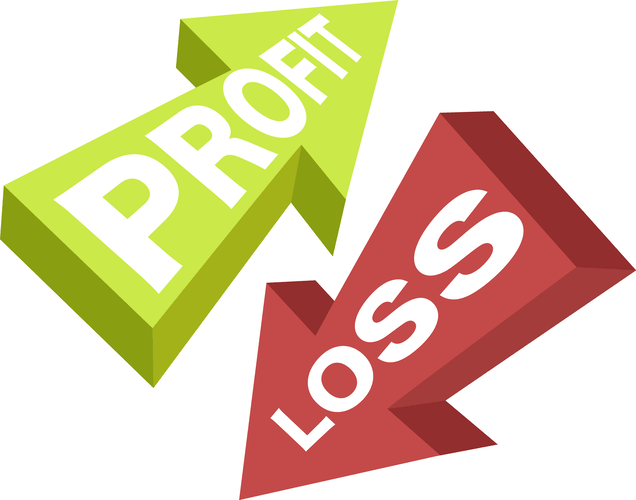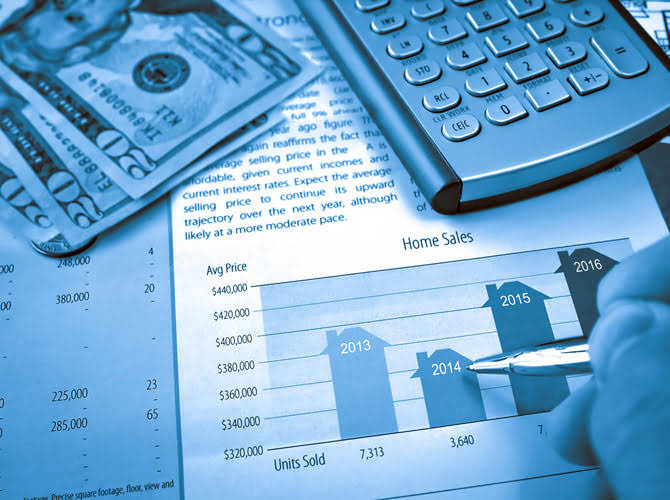


The revenue from the sale of inventory is matched with an outdated cost. The total cost of goods sold for the sale of 250 units would be $700. But when using the first in, first out method, Bertie’s ending https://www.bookstime.com/ inventory value is higher than her Cost of Goods Sold from the trade show. This is because her newest inventory cost more than her oldest inventory. The oldest bars in her inventory were from batch 1 so she will count 100 at the unit cost of batch 1, $2.00.
- It takes less time and labor to implement an average cost method, thereby reducing company costs.
- FIFO leaves the newer, more expensive inventory in a rising-price environment, on the balance sheet.
- If COGS shows a higher value, profitability will be lower, and the company will have to pay lower taxes.
- Inventory value is then calculated by adding together the unique prices of every inventory unit.
- FIFO is an inventory costing method where businesses calculate their cost of goods sold.
- Each method has its strengths and may be more suitable depending on your business type and inventory management needs.
FAQs About FIFO Method

ShipBob’s ecommerce fulfillment solutions are designed to make inventory management easier for fast-growing DTC and B2B brands. For example, say a rare antiques dealer purchases a mirror, a chair, a desk, and a vase for $50, $4,000, $375, and $800 respectively. If the dealer sold the desk and the vase, the COGS would be $1,175 ($375 + $800), and the ending inventory value would be $4,050 ($4,000 + $50).

What Is LIFO?

Of all the current assets on a firm’s balance sheet, it is likely that inventory is the largest asset category in terms of value. Inventory is only on the balance sheet of companies that sell products. Some https://www.facebook.com/BooksTimeInc/ service businesses also have to use inventory accounting if they have to use the products they purchase in servicing their customers. This article breaks down what the FIFO method is, how to calculate FIFO for your store and the key differences from LIFO.
- The ending inventory you record at the end of each fiscal year becomes your beginning inventory for the following year.
- Michelle Payne has 15 years of experience as a Certified Public Accountant with a strong background in audit, tax, and consulting services.
- Of the 140 remaining items in inventory, the value of 40 items is $10/unit and the value of 100 items is $15/unit because the inventory is assigned the most recent cost under the FIFO method.
- This technique relies on your business’s historical gross profit margin, which is your gross profit expressed as a percentage of net sales.
- Under the FIFO Method, inventory acquired by the earliest purchase made by the business is assumed to be issued first to its customers.
Average Cost Method of Inventory Valuation
Average cost inventory is another method that assigns the same cost to each item and results in net income and ending inventory balances between FIFO and LIFO. On the second day, ten units were available, and because all were acquired for the same amount, we assign the cost of the four units sold on that day as $5 each. Second, every time a sale occurs, we need to assign the cost of units sold in the middle column.
You would multiply the first 10 by the cost of your newest goods, and the remaining 5 by the cost of your older items to calculate your Cost of Goods Sold using LIFO. As can be seen from above, the inventory cost under FIFO method relates to the cost of the latest purchases, i.e. $70. Bertie also wants to know the value of her remaining inventory—she wants her balance sheet to be accurate. Under FIFO, your Cost of Goods Sold (COGS) will be calculated using the unit cost of the oldest inventory first. The value of your ending inventory will then be based on the most recent inventory you purchased. Low sellable inventory could mean your how to calculate fifo inventory prices are too low, causing you to miss out on potential revenue.

